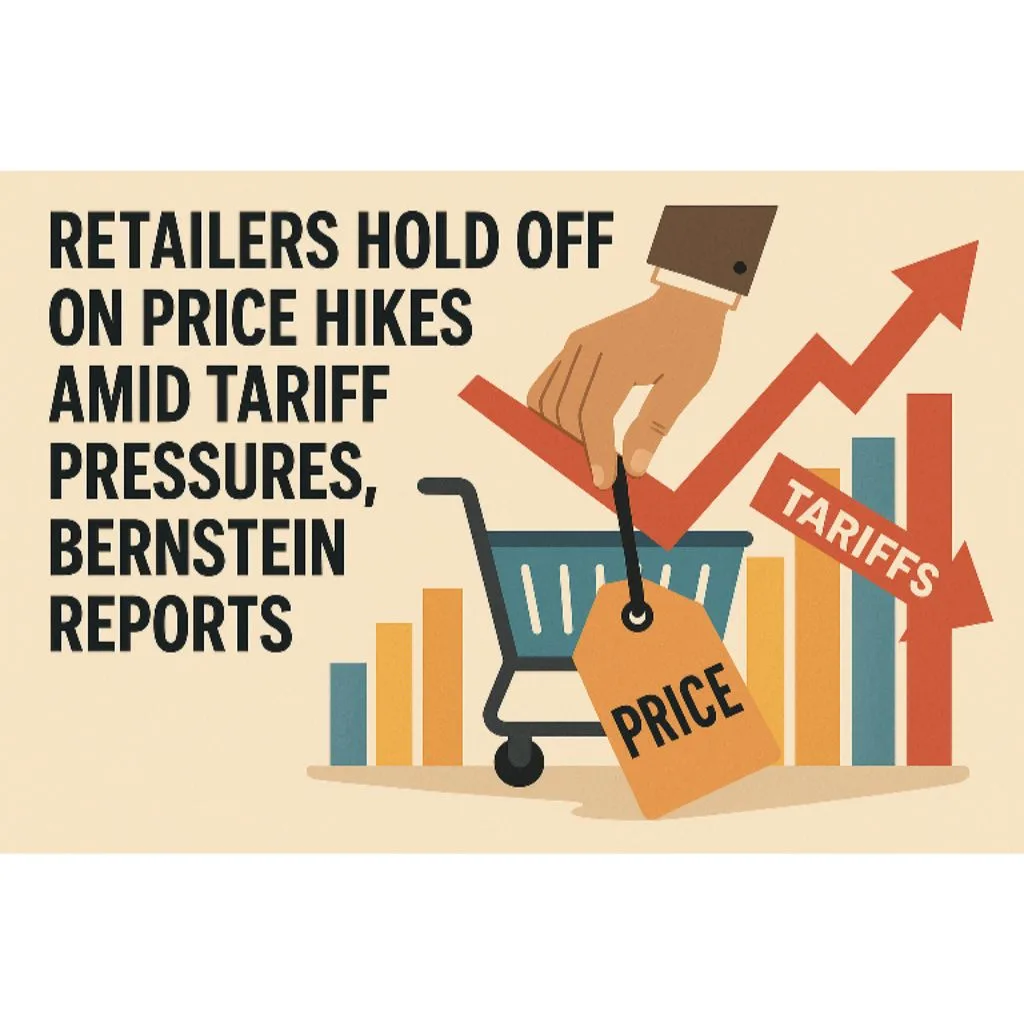Bernstein analysts report that retailers have yet to significantly raise prices, even as higher tariffs and increasing import costs loom large. Their latest client note, supported by consumer price data and proprietary tracking, indicates minimal price changes so far. However, the analysts warn that this could shift as cost pressures mount.
Retailers are navigating a delicate situation, squeezed between rising expenses and consumers with limited budgets. Since inflation surged in 2022, shoppers’ spending power has been under strain, making retailers cautious about passing on costs. With potential tariffs on Chinese goods as high as 145%, price increases seem likely, yet Bernstein notes only a 1.6% rise in the cost of a typical basket of consumer goods since January.
Grocery stores have seen the most noticeable price hikes, with food prices up 2.7%, driven more by general inflation than tariff impacts. Bernstein questions whether retailers will limit price increases to non-essential items or apply them broadly. While some, like Walmart, emphasize keeping grocery prices low, others may need to adjust sooner to manage costs.
Among major players, Amazon and Costco lead with the lowest prices, followed closely by Walmart. Target, however, stands out as the most expensive, with its basket of goods significantly costlier than competitors. Meanwhile, Dollar General, with minimal reliance on direct imports, could maintain stable prices, potentially attracting budget-conscious shoppers as economic pressures persist. Bernstein plans to closely track pricing trends as tariff effects unfold later this year.

Be First to Comment